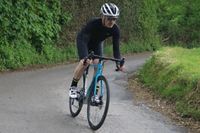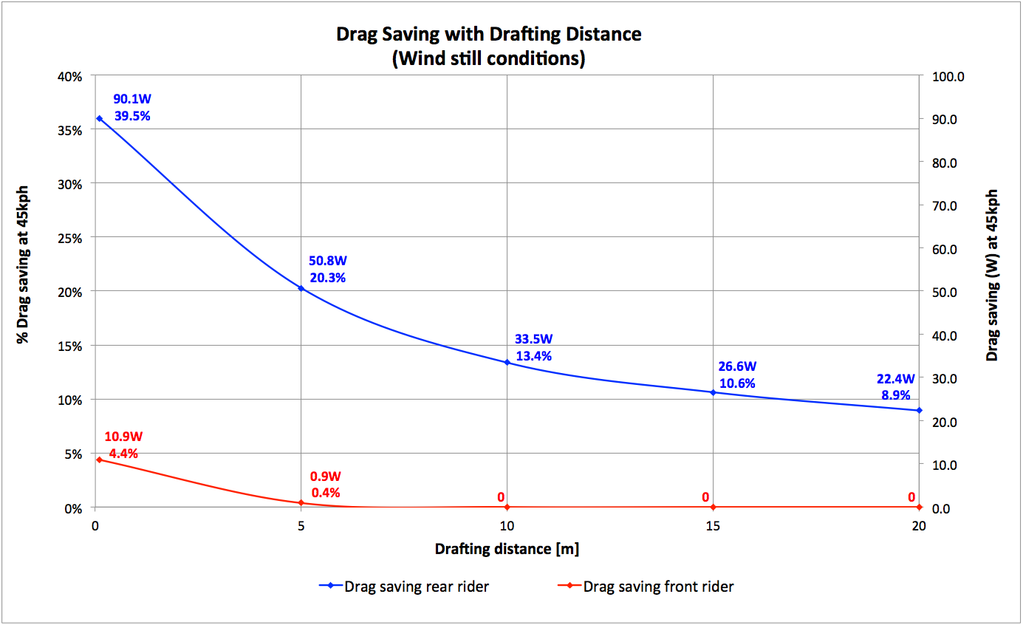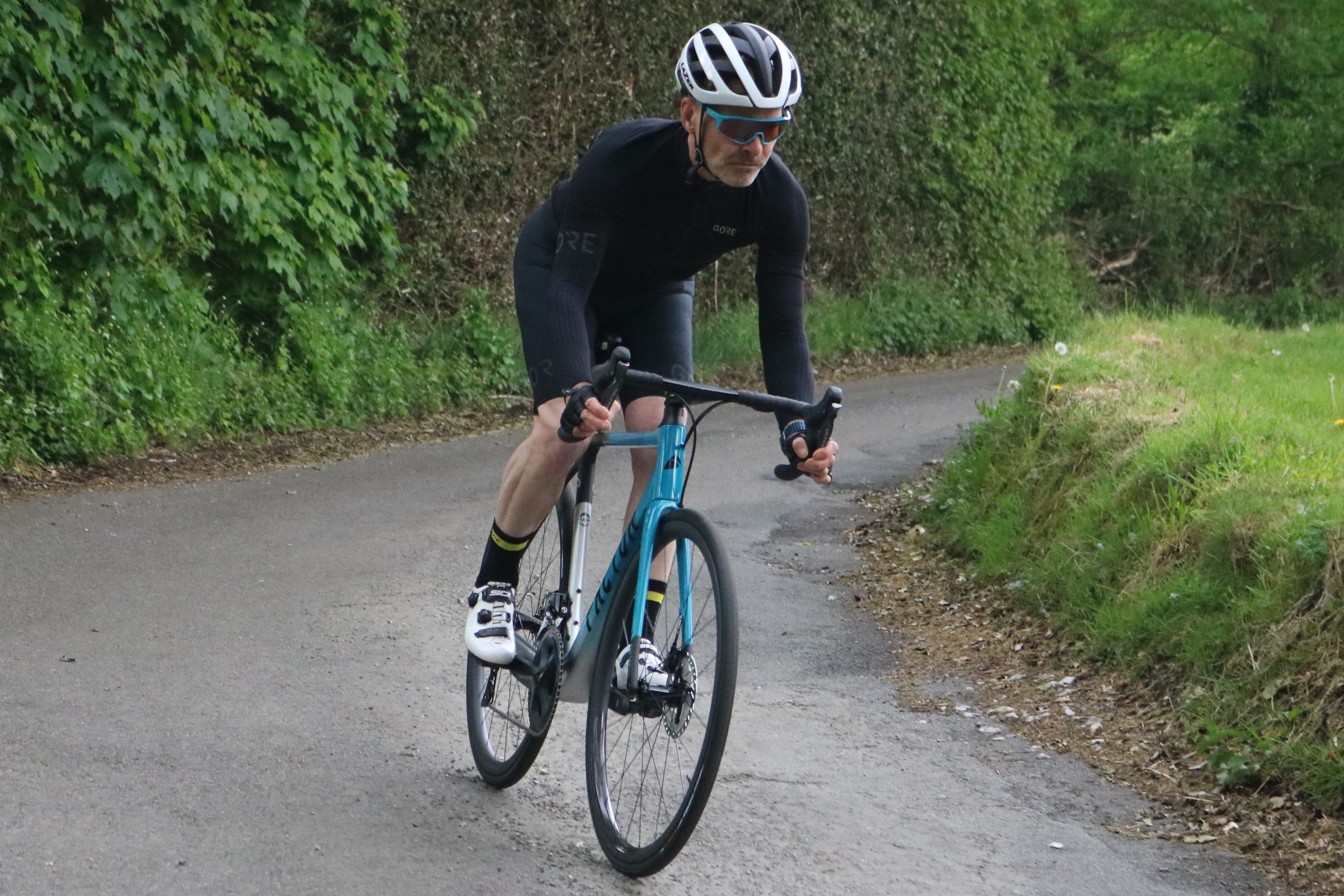How close do you need to be to benefit from drafting?
Wind tunnel tests and CFD calculations by Swiss Side wheels show the effect of drafting


Aerodynamicists at wheel brand Swiss Side have conducted CFD modelling and wind tunnel tests to study the effects of drafting. They developed computer models simulating two identical sized riders at separations between 0.1m and 20m, calculating the effect on the lead rider as well as the follower.
Although Swiss Side was primarily interested in triathlon riders, its results are equally significant for individual time trials in cycling events. Drafting behind motorbikes and cars is a constant cause of friction in races and riders have been fined and disqualified too for drafting others in time trials.

On a tri bike, riding at 45kph, Swiss Side’s CFD modelling showed an aerodynamic drag of 250 watts. That’s not considering other causes of power loss like rolling resistance and friction.

Sit 10cm behind another rider and you’ll save 90 watts of that 250W. And the wheelsucker also benefits the lead rider, whose drag reduces by 10W. The benefit to the lead rider continues even when the follower is further behind, only dropping to zero when the separation is 5m.

>>> Aero is the future: why you should be paying more attention to aerodynamics
But the following rider continues to gain an advantage even beyond 5m separation. At 10m behind, there’s still a 33.5W energy saving and this only drops significantly at around 20m. Swiss Side’ simulation assumed zero wind speed. It says that in the real world the wind will negate any advantage at lower separations.
Swiss Side followed up its computations with wind tunnel tests, using a smaller rider behind a larger one on a turbo, separated by 10cm. The following rider saved 65 per cent of the effort required to overcome aerodynamic drag at 45kph.
The latest race content, interviews, features, reviews and expert buying guides, direct to your inbox!
That’s larger than the CFD calculation, due to the difference in rider sizes and the wind blocking effect of the lead rider’s turbo. The following rider experienced an effective wind speed of 26kph, in line with calculations.
Paul started writing for Cycling Weekly in 2015, covering cycling tech, new bikes and product testing. Since then, he’s reviewed hundreds of bikes and thousands of other pieces of cycling equipment for the magazine and the Cycling Weekly website.
He’s been cycling for a lot longer than that though and his travels by bike have taken him all around Europe and to California. He’s been riding gravel since before gravel bikes existed too, riding a cyclocross bike through the Chilterns and along the South Downs.
